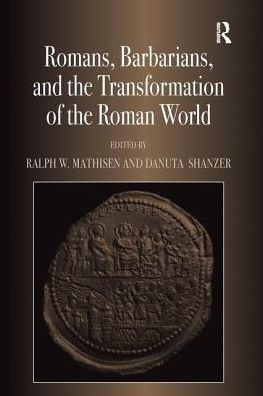One of the most significant transformations of the Roman world in Late Antiquity was the integration of barbarian peoples into the social, cultural, religious, and political milieu of the Mediterranean world. The nature of these transformations was considered at the sixth biennial Shifting Frontiers in Late Antiquity Conference, at the University of Illinois at Urbana-Champaign in March of 2005, and this volume presents an updated selection of the papers given on that occasion, complemented with a few others,. These 25 studies do much to break down old stereotypes about the cultural and social segregation of Roman and barbarian populations, and demonstrate that, contrary to the past orthodoxy, Romans and barbarians interacted in a multitude of ways, and it was not just barbarians who experienced "ethnogenesis" or cultural assimilation. The same Romans who disparaged barbarian behavior also adopted aspects of it in their everyday lives, providing graphic examples of the ambiguity and negotiation that characterized the integration of Romans and barbarians, a process that altered the concepts of identity of both populations. The resultant late antique polyethnic cultural world, with cultural frontiers between Romans and barbarians that became increasingly permeable in both directions, does much to help explain how the barbarian settlement of the west was accomplished with much less disruption than there might have been, and how barbarian populations were integrated seamlessly into the old Roman world.



